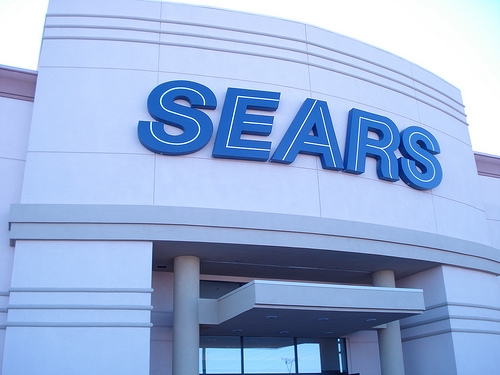How are Sears & Macy’s embracing omnichannel shopping?
Although many retailers have spoken excessively about the importance of embracing omni channel shopping, that term in itself is rather ambiguous. Striving to create an omni channel shopping experience can entail a number of different changes, ranging from order fulfillment strategies to leveraging multiple channels.
So, what are some of the big players in the retail industry doing to embrace omnichannel shopping? Here are a few examples:
Sears brings new meaning to in-store pickup
Department stores in general have been quite active in deploying omni channel strategies, but Sears has perhaps been the most forward thinking. The retailer has redefined in-store pickup by having employees carry purchases out to customers’ cars when they pull up to the store. People literally do not even have to step foot inside the store to get their purchases. Sears is so confident in the program, the retailer even offers customers a $5 coupon for their next in-store purchase.
As Apparel Magazine noted, department stores are all competing to win over as many customers as possible. This means they are leaving no stone unturned if it could improve the shopping experience. Merchants are also putting a special focus on ensuring all of their new programs and services work as they should. They know loyal customers spend more, so they are going all out in an effort to better serve those patrons.
Create a community of shoppers like Sephora
Cosmetic retailers understand that shopping is inherently a social experience. It is not unusual to see people recommending each other outfits at apparel stores or trying to talk up a movie the other has not seen at an electronics shop.
Sephora recognized this and put a special emphasis on creating a community shopping experience, even if people shop online. Unlike many retailers that try to implement similar aspects, Sephora’s focus is solely on creating a social community as opposed to pushing products and services. This authenticity provides real value to customers.
Of course, by being the brand that facilitates these conversations, Sephora often benefits from sales anyway. But as eConsultancy pointed out, the key is providing real peer-to-peer recommendations from cosmetics enthusiasts and not on up-selling various products and services to make a quick buck.
Sephora has other omni channel features set in place as well. For example, customers can add their favorite items to their shopping lists for future reference, regardless of whether they are shopping online or through their mobile devices.
Macy’s makes omni channel a priority
Macy’s strategy over the course of the past year has been turned into the acronym MOM, which stands for “My Macy’s localization,” “omnichannel integration” and “magic selling customer engagement.” Considering the second letter refers to omni channel shopping, the company has gone a long way to better utilize multiple channels, Apparel Magazine suggested.
For Macy’s, the biggest change this year was the rollout of ship from store capabilities. As many as 500 Macy’s locations can currently double as order fulfillment centers, which helps the brand deliver online purchases to nearby customers more quickly and reduce the number of orders warehouses are expected to handle. Macy’s plans to extend shipping capabilities to 650 additional stores by next spring.
People are picking and choosing multiple channels to shop from and it is up to merchants to accommodate them. Likewise, retailers can also improve their eCommerce operations by taking advantage of multiple channels for back-end operations such as order fulfillment.
Related Articles
Order fulfillment in-store gains momentum
How to optimize omni channel order fulfillment

